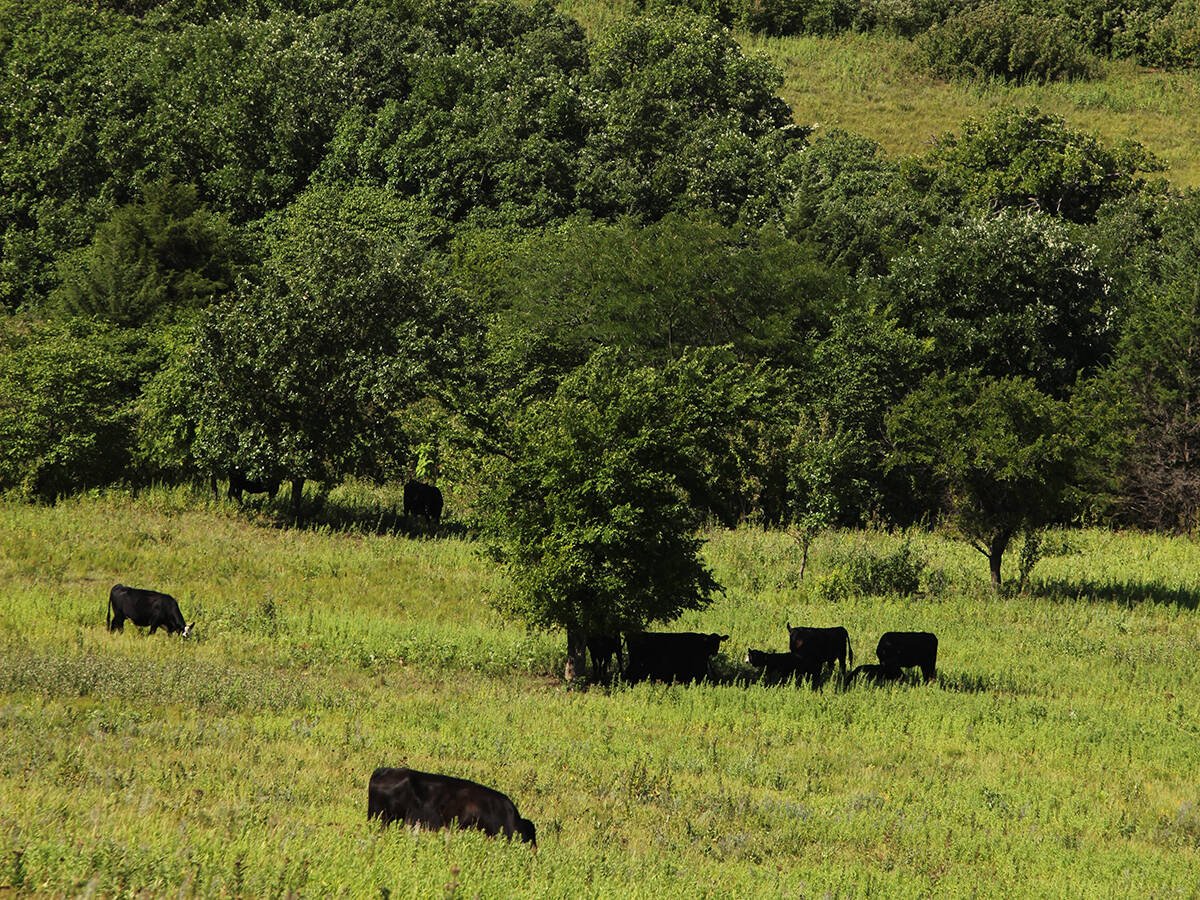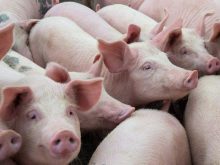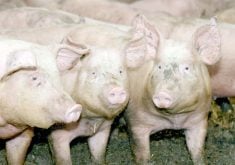RED DEER – Horse identification remains voluntary but owners should be ready for stronger rules within a few years.
Equine Canada has decided each horse needs an individual unique lifetime number and owner contact information. There will be a standardized graphic and text description to accompany the horse based on the format used for Coggins disease identification in Canada.
People must report when ownership of the horse changes. The owners must also have premise identification numbers and at some point horses may have microchip identification.
Read Also

Beef cattle more prone to trace mineral deficiencies
The trace mineral status of our cows and calves is a significant challenge for western Canadian producers and veterinarians.
“The microchip is probably the wave of the future,” said Al Patterson, president of Equine Canada.
Many places where horses travel are not equipped with scanners but Patterson expects more will appear as national identification expands.
“The day will come when all public places will have premise identification and scanners,” he said.
Some owners are reluctant to use a microchip because they worry about the cost and if it will still be relevant technology in years to come.
Nevertheless, it is expected that by 2009, Canadians will need official identification for their horses to cross into the United States and move across states.
Alberta’s horse industry specialist Les Burwash said several research trials examined various forms of permanent identification attached to the horse.
In 2004, a project showed ear buttons worked well and a further trial was completed last fall.
“It isn’t the end of the world and there are certain segments of the industry where this is acceptable,” said Burwash at the Alberta Horse Breeders and Owners conference in Red Deer Jan. 15.
Microchip trials should determine whether the chips remain in one place. Chips found elsewhere in the body are considered a food contaminant at slaughter time for horse meat destined for Asia and Europe.
Another study starting this summer is following young horses for a number of years to test if the ear chips are viable and stay put.
On the administrative side, Equine Canada represents one of seven species for which the Canadian Livestock Identification Agency set national standards for identification and traceability.
“The equine industry has a business plan for setting up an identification system for horses and they will keep their own records,” said Mike Dexter, agency manager.
The agency, working with government, has completed the national premise registry documents to be released this year.
A farm with more than one species only has to register once and list all the different animals found there.















